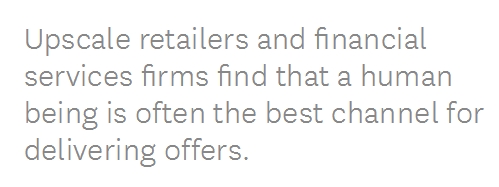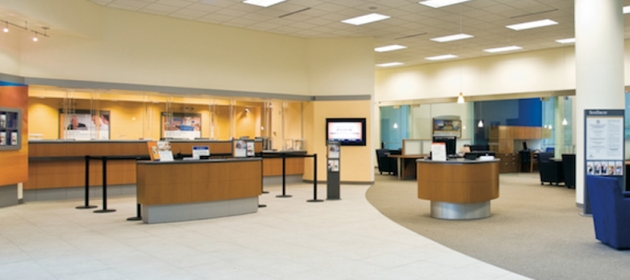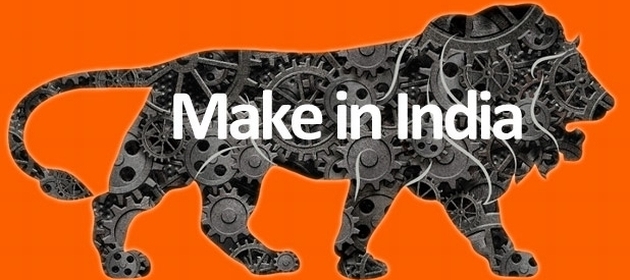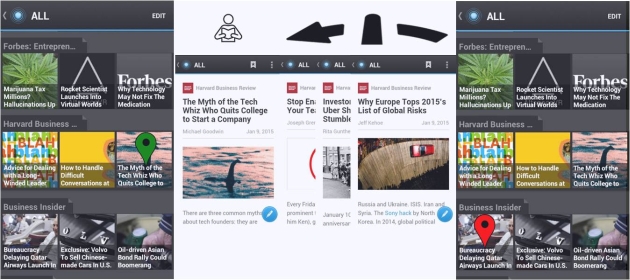 From personal experience and anecdotal evidence, there’s no question that retail banking customers are increasingly moving to digital channels to conduct everyday banking transactions like balance inquiry, statement download, and so on.
From personal experience and anecdotal evidence, there’s no question that retail banking customers are increasingly moving to digital channels to conduct everyday banking transactions like balance inquiry, statement download, and so on.
Notwithstanding the pronounced shift in customer preference to digital channels, bank branches are far from dead. In fact, according to some reports, they’re making a comeback.
Is it really because, “When people are conducting a complex transaction like opening an account or applying for a home or business loan, they often prefer to do it in person”, as Nessa Feddis, SVP of ABA, says in this article?
I don’t know.
Is a home or business loan even a complex product?
I don’t know.
But I do believe there’s another angle to understanding the longevity of bank branches that has little to do with what customers want. It has to do with what banks want. Specifically vis-à-vis demand generation and sales.
To take demand generation first, let me narrate a personal incident.
I’d visited the branch of my public sector bank to foreclose a few fixed deposits and collect the proceeds by way of a demand draft. My banker asked me why I was losing interest by prematurely closing my FDs. I told him that I needed the money to buy a house. He asked me why I didn’t take a mortgage instead. I told him that I’d received a great deal and would forfeit it if I had to jump the hoops required to qualify for a mortgage from his (public sector) bank.
To my utter surprise, he approved the loan on the spot and promised to disburse the money within one hour!

Voilà, the banker had created a new sales opportunity where none existed before. Not just that, the bank was able to make the “Next Best Offer” virtually in realtime. All this happened during a face-to-face interaction.
There’s no way any bank could have done this via remote channels like telephone, online banking, and mobile banking.
HBR refinforces my belief: In its article titled Know What Your Customers Want Before They Do, the authors note, “… financial services firms find that a human being is often the best channel for delivering offers.”
Moving to the actual sales process, some of the activities involved in the sale / purchase of a mortgage include:
- Share builder reputation
- Vet the project with respect to title, litigation, permits, etc.
- Provide references of friends and neighbors who have taken mortgages from said bank
- Ease documentation
- Exchange local gossip
It’s a no-brainer that a branch is the most conducive environment to do these things.
According to one school of thought, sales people should only provide help when asked for and refrain from getting into the aforementioned activities. I find that advice to be unadulterated BS: As a career sales and marketing professional, these things help in building relationships and, when it comes to commoditized, big ticket products like mortgages, it’s often the relationship that swings the deal in favor of one bank versus another.
Therefore, whether it’s creating sales opportunities or selling products, a branch is the best place to do it.
No doubt it’s also the costliest place for doing so but progressive businesses are more interested in increasing revenues than cutting costs.
Will a purely-digital customer engagement strategy work for investment, mortgage & other high-value BFSI products? http://t.co/LiWksoOIEO
— GTM360 (@GTM360) July 10, 2014
For all their lip service about customer preferences, banks always decide their channel mix on the basis of which channel(s) deliver the greatest growth and profit potential. And, for the moment, branches are high on that list.
Therein lies the secret of survival of bank branches.


